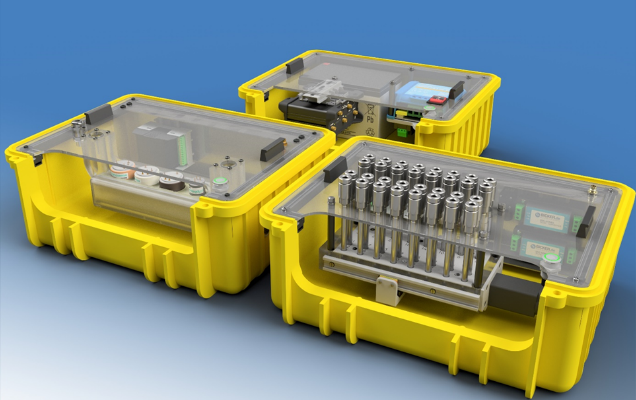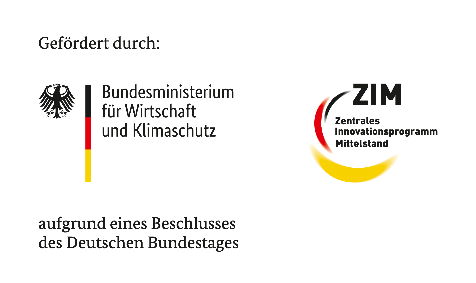
Smart Sampling
Development of an IoT device to allow event-based sampling of gases
Duration
Duration:
04/2022 – 03/2025
Funding:
Federal Ministry for Economic Affairs and Climate Action (BMWK) / Central Innovation Program for small and medium-sized enterprises (ZIM)
Partners:
IFU GmbH Privates Institute for Analytics
Reliable air quality monitoring is important for many applications. Especially in today's world with increasing environmental awareness and climate change, detailed information on the occurrence and distribution of air contaminants is essential. Analytical methods for monitoring gaseous pollutants are also important for civil security and industrial process control.
The aim of the project is the development and implementation of a modular IoT-capable sampling system for continuous air quality monitoring with sensors and the event-based enrichment of defined air volumes on sorbent tubes for further quality-assured analysis of the air pollutions.
The sampling system consists of three modules: sensor module, sampling module and power box. Each module is installed in a separate outdoor case and has its own control and communication electronics, which ensures efficient and autonomous functionality. The underlying concept is based on a three-layer data and control concept, consisting of the sensor system, cloud-based data evaluation and the integration of external data sources. With the help of this architecture, all sensor data are processed by special control algorithms. This information is transferred to the sampling module when the enrichment should take place on the sampling tube.
The aim of the project is the development and implementation of a modular IoT-capable sampling system for continuous air quality monitoring with sensors and the event-based enrichment of defined air volumes on sorbent tubes for further quality-assured analysis of the air pollutions.
The sampling system consists of three modules: sensor module, sampling module and power box. Each module is installed in a separate outdoor case and has its own control and communication electronics, which ensures efficient and autonomous functionality. The underlying concept is based on a three-layer data and control concept, consisting of the sensor system, cloud-based data evaluation and the integration of external data sources. With the help of this architecture, all sensor data are processed by special control algorithms. This information is transferred to the sampling module when the enrichment should take place on the sampling tube.
